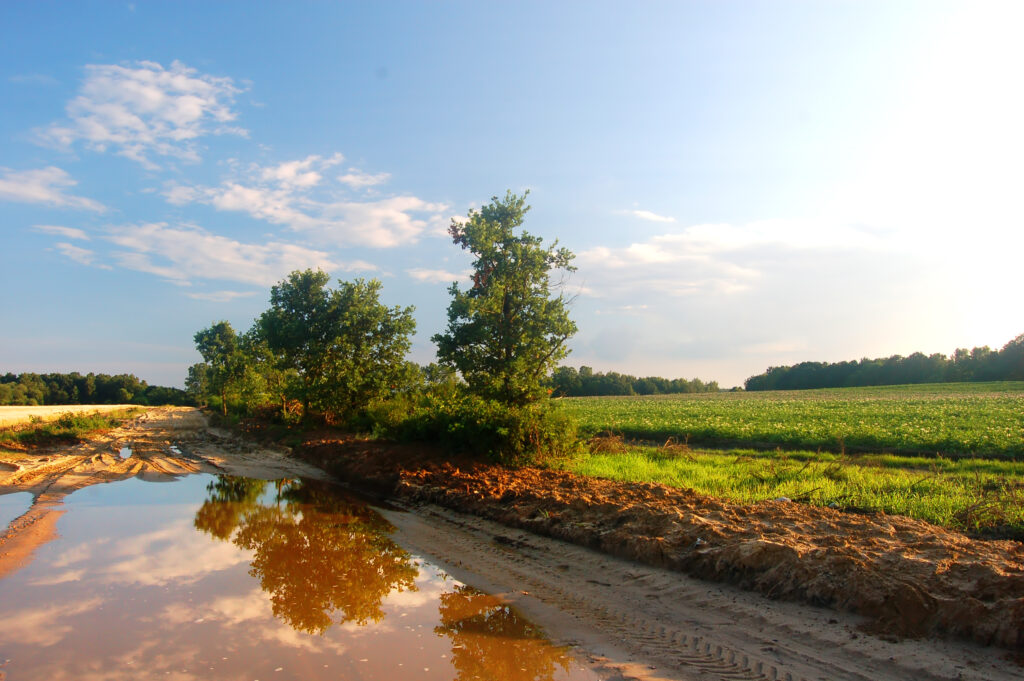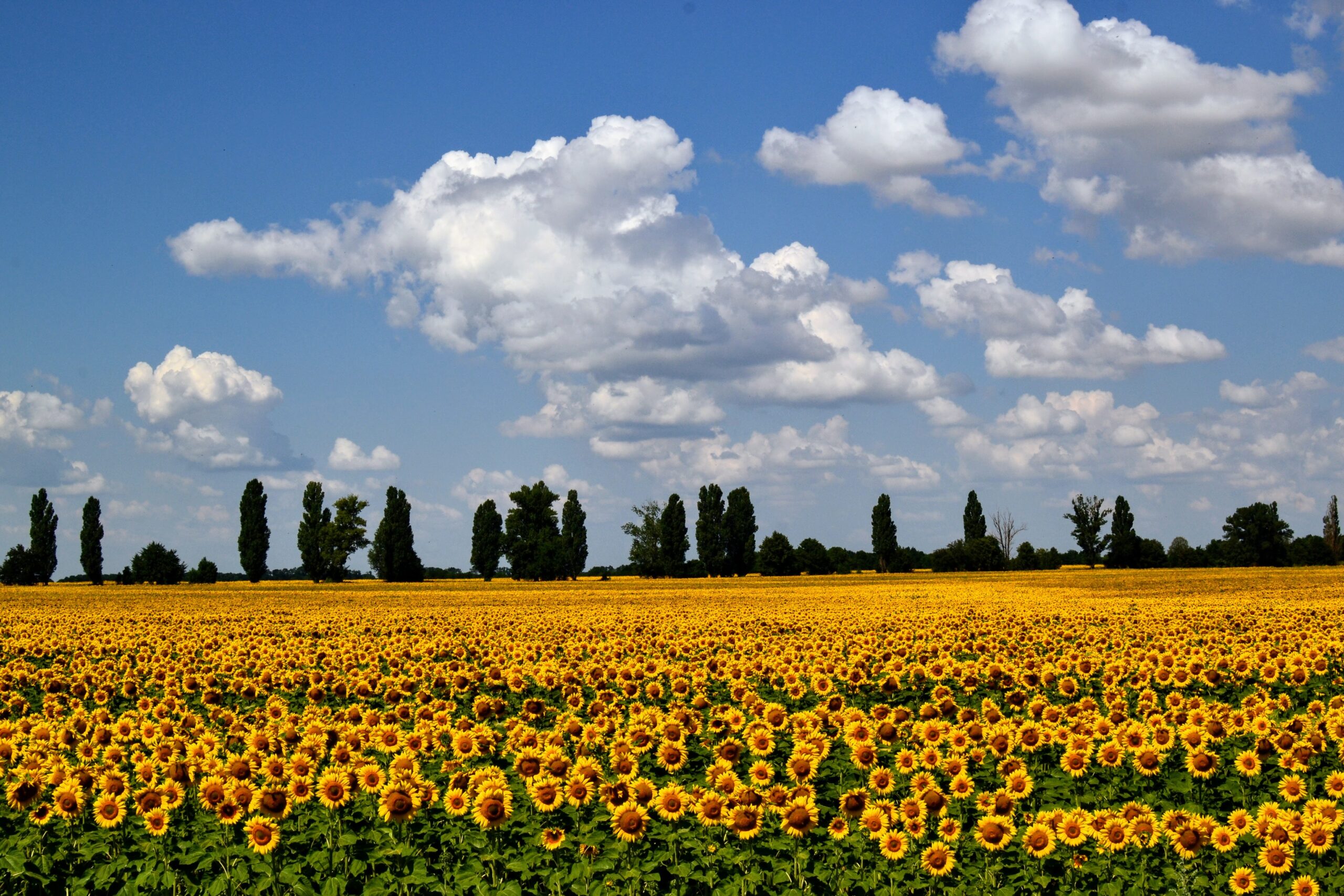Season’s Hope: Rains and Increased Farming Activity
Forecasts of an El Niño occurrence in the 2023/24 summer season do not necessarily equate to a bad agricultural season. The upcoming season of possible below-normal rainfall, possibly brought about by El Niño, follows a rare consecutive four years of heavy rains that have improved soil moisture and natural grazing veld.
This means there is a natural cushion for agricultural activity even if the rains are below the average (typically around 500 mm) in South Africa. What will be necessary, however, is for the showers to fall in critical periods, such as seed germination and pollination stages of growth, which are all essential for crop growing.
It would not be South Africa’s first time in such a fortunate position. The summer of 2018/19 had a weather El Niño event. Still, the rains fell in critical periods, and South Africa attained a decent crop harvest, with commercial maize at 11,2 million tons, soybeans at 1,2 million tons and sunflower seed at 678 000 tons. Other field crops and horticulture also achieved decent yields that year. Notably, the 2018/19 season was not preceded with favorable four years of favorable rainfall that improved soil moisture. Therefore, the current position is better than the most recent El Niño period.

Various weather forecasters all share the same view in terms of the likelihood of the occurrence of an El Niño. In the past few months, we reflected on forecasts by the South African Weather Service and Columbia University’s International Research Institute for Climate and Society, which all point to a higher probability of El Niño occurrence towards the end of this year.
Under such conditions, the agricultural sector and agribusinesses must plan for this changing operational environment from the consecutive four years that supported growth in the sector. Still, this weather outlook should not necessarily imply less investment in agriculture or elevated risk. Such fears are likely as some people still remember the harsh drought of the 2015/16 production season, where maize output fell to 7,8 million tons, soybeans at 742 000 tons, and sunflower seed fared better at 755 000 tons as farmers switched white maize hectares to sunflower seed and cotton in the western regions of South Africa.
The years before were also not exceptionally wet, and the production conditions generally challenging. This means that for teams in agricultural credit desks at various organizations, using the recent drought periods as a reference for what could transpire in the coming season would be misguided and could result in a far more risk-averse approach than production conditions on the ground warrant.
Overall, the South African, and indeed Southern African agricultural sector, faces a slightly drier 2023/24 summer season. But this should not ring the alarm about the sector’s prospects or scare investors and financiers away. The current conditions are different from recent droughts. There is good soil moisture, and grazing veld has improved for livestock. The key will be planting at the correct times when the rains can support the germination of the crop and pollination around February. The South African farmers have the machinery and weather forecasting capabilities to achieve such timing. W Sihlobo

